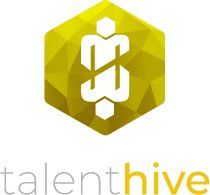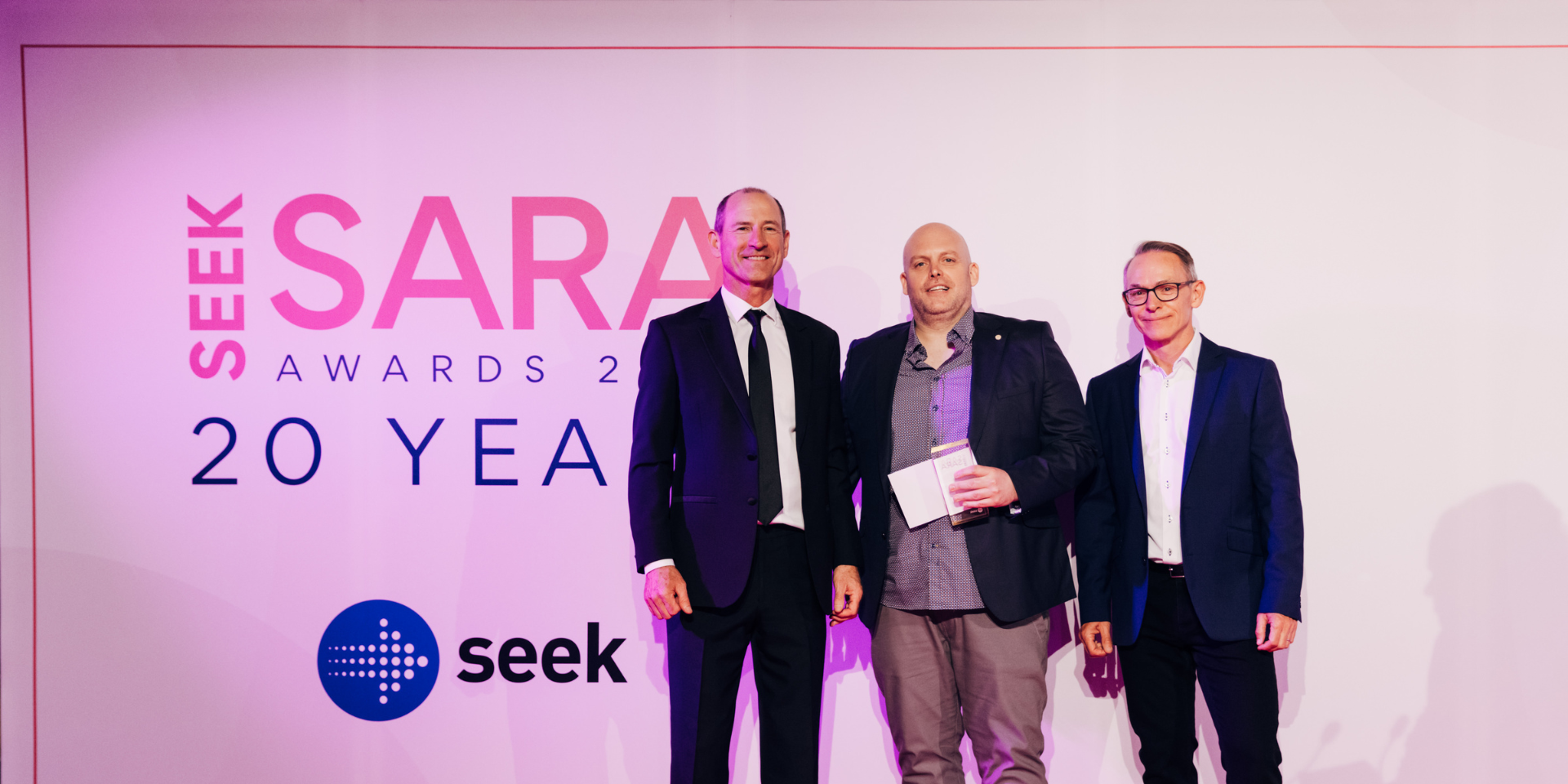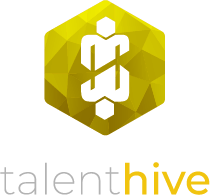Expecting a Pay Rise in 2026?
My Forecast for the Engineering Remuneration Market for 2026

The New Zealand engineering sector continues to feels like it’s refusing to give up its seat on the Rainbows End roller coaster. For some time now, we’ve been ‘corkscrewing’ from one quarter into the next. Accompanying the sector on this gut wrenching ride is its close relation ‘remuneration expectations’ which, suffering from a loss of confidence, has withdrawn into a bout of subdued shyness.
So will 2026 be the year of a sustained climb back to more predictable growth? and will remuneration expectations emerge out of their shell with renewed confidence? Well I’ve been reading the talent tea leaves on this and here is what they are telling me….
- Following the post-COVID ‘Talent Wars’’ and the accompanying inflationary spikes, where some salary gains surged well into the double digits (*10% in a single year for roles like Technical Manager), I sense that the market will enter a new, more stable, yet still highly competitive phase. Less corkscrewing and more of a long steady climb, with some mechanical groaning along the way.
- Long term upward pressure remains strong and the core driver of salary growth—the persistent engineering skills shortage—remains firmly in place. New Zealand is simply not producing enough engineers to meet long term domestic demand, a gap that will continue to fuel competition for hiring experienced talent for years to come. x10 this when the long promised economic ‘green shoots’ hit a solid growth spurt and capital projects get up a real head of steam.
- Those engineers that graduated in the past 24 to 36 months are well on their way to completing their time served as knowledge hungry newbies and are about to bloom into the providers of serious R.O.I. Its just a shame that so many of them have completed their graduate rotations in Sydney, Melbourne or London. The allure of the big city lights, with matching salaries, continued to run rampant in 2025, driving our talent gap even wider. But they shall return....someday.
- Experienced Roles (Professional, Team Leader, Technical Manager, Leadership): These roles will continue their upward trend, but the sharp 'catch-up' increases of the 2021-2022 peaks are hardly visible in the rear view mirror now. I anticipate annual median base salary increases to settle into the mid-to-high single-digit range (3.5% – 5.5%). The sectors forecasted to show the strongest employment growth—like business services, construction, energy transition—will likely be setting the pace here.
- The Big Winners (Historically): Looking back at 2018–2024, the Professional, Independent Practice and Team Leader level Engineers, have seen the highest cumulative percentage growth in median base salary of around +28%*. This suggests that filling the mid-to-senior ranks with proven talent remains the biggest challenge for firms, who should expect to continue to pay a premium to attract and retain these experienced and high performing engineers.
- While the structural talent shortage provides a floor on pay for every engineer, entry-level roles (Graduate) may see more modest remuneration growth in 2026. With economic growth (GDP) and capital investment forecasts continuing to lean more toward the soft side for 2026, the rate of remuneration increase for new graduates, along with new market opportunities, could again be limited. However, the long-term demand remains strong, preventing any significant or enduring stagnation. The focus at this level is likely to shift from high-percentage remuneration increases back towards ‘total package value’ including a strong component of training and development.
The Role of Total Compensation
The market will continue maturing beyond only base salary. Employers must seek to understand their employee needs, analyse their peers and the broader employment market, to remain both competitive and relevant. The more tailored the compensation package, to career and life stages, the more effective it will be in your talent retention and attraction strategy. New Standard Packages could include elements of :
- Employee well-being: Fitness programs, customizable gym memberships, and access to mental health resources.
- Extra financial incentives: Bonuses, profit-sharing, stock options, and referral bonuses.
- Workplace amenities: Free or subsidized meals, commuter benefits, on-site fitness centers, and recognition programs.
- Cost management and transparency: Some benefits may be voluntary or “opt-in,” with employees contributing pre-tax to selected benefits to increase flexibility and cost-effectiveness for both employers and staff.
Demonstrating the ‘full value of employment’ is becoming the new gold standard for employer comparison.
In summary, 2026 will not be the year of explosive, double-digit pay jumps, but it will be a year where salaries remain elevated and continue to rise steadily due to chronic scarcity of talented engineers, across intermediate and experienced career stages. The focus for employers must be on competitive, holistic employment packages and not just the base salary to secure and retain top engineering talent.
Check out the profiles of some great Engineers ready to explore their next career opportunity - HERE





